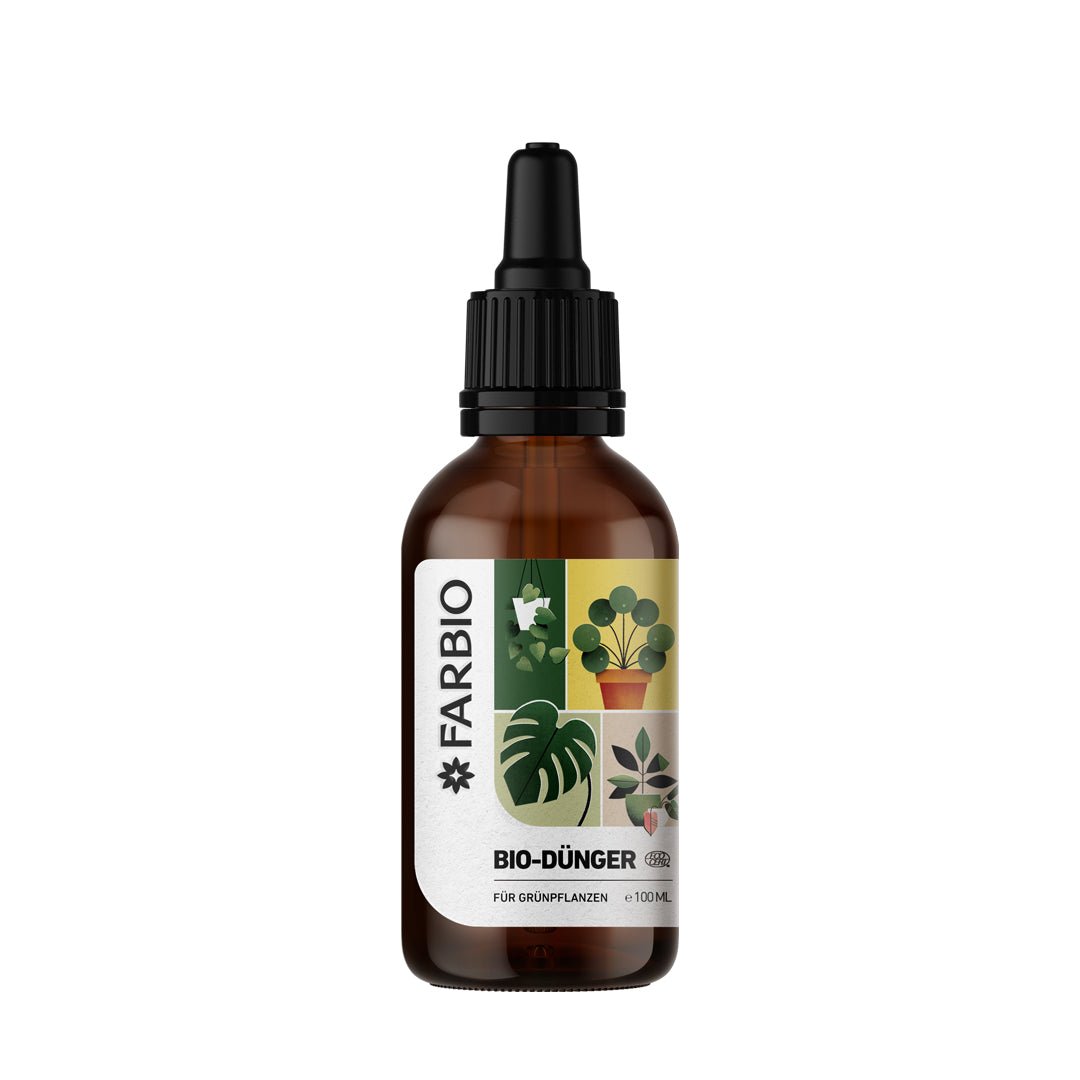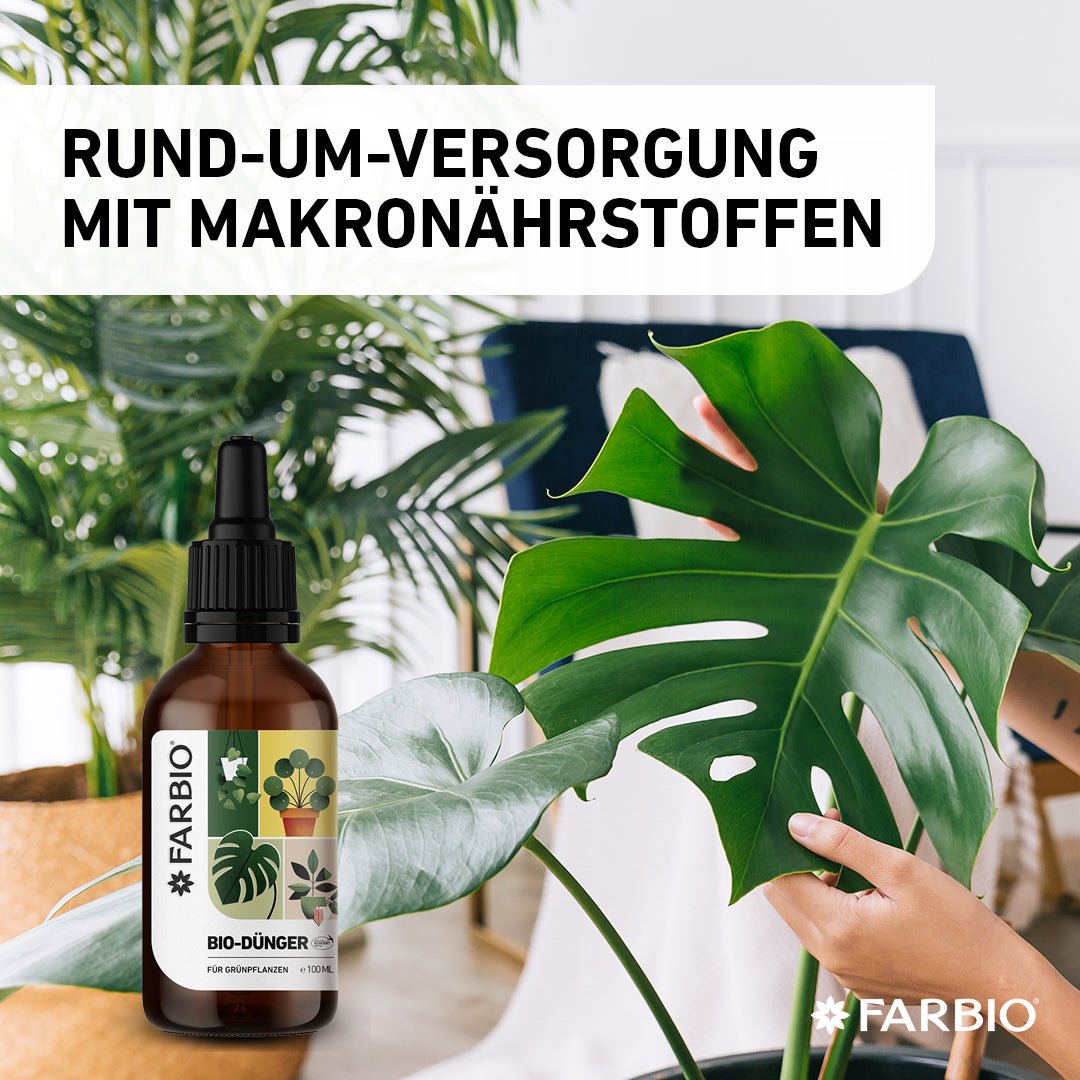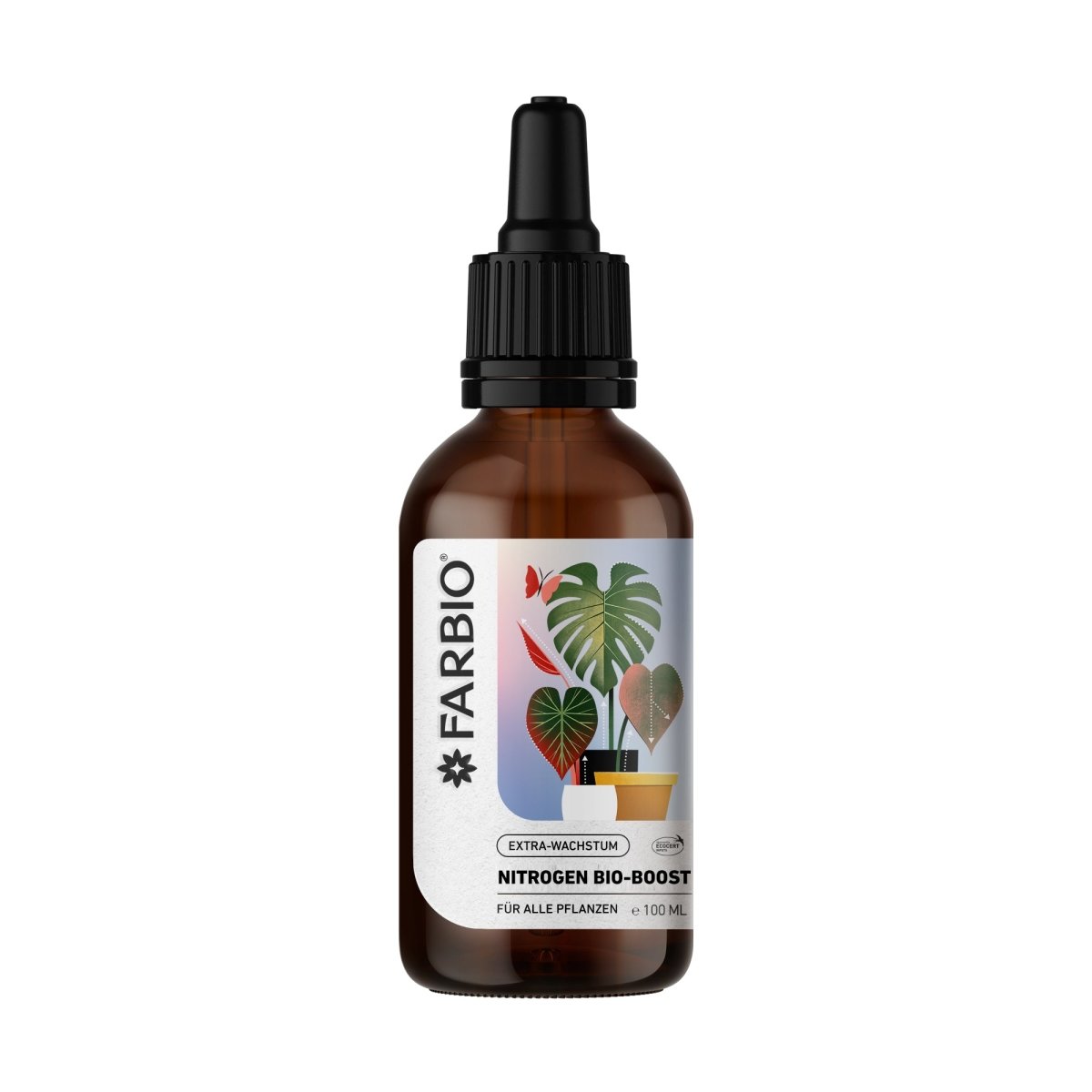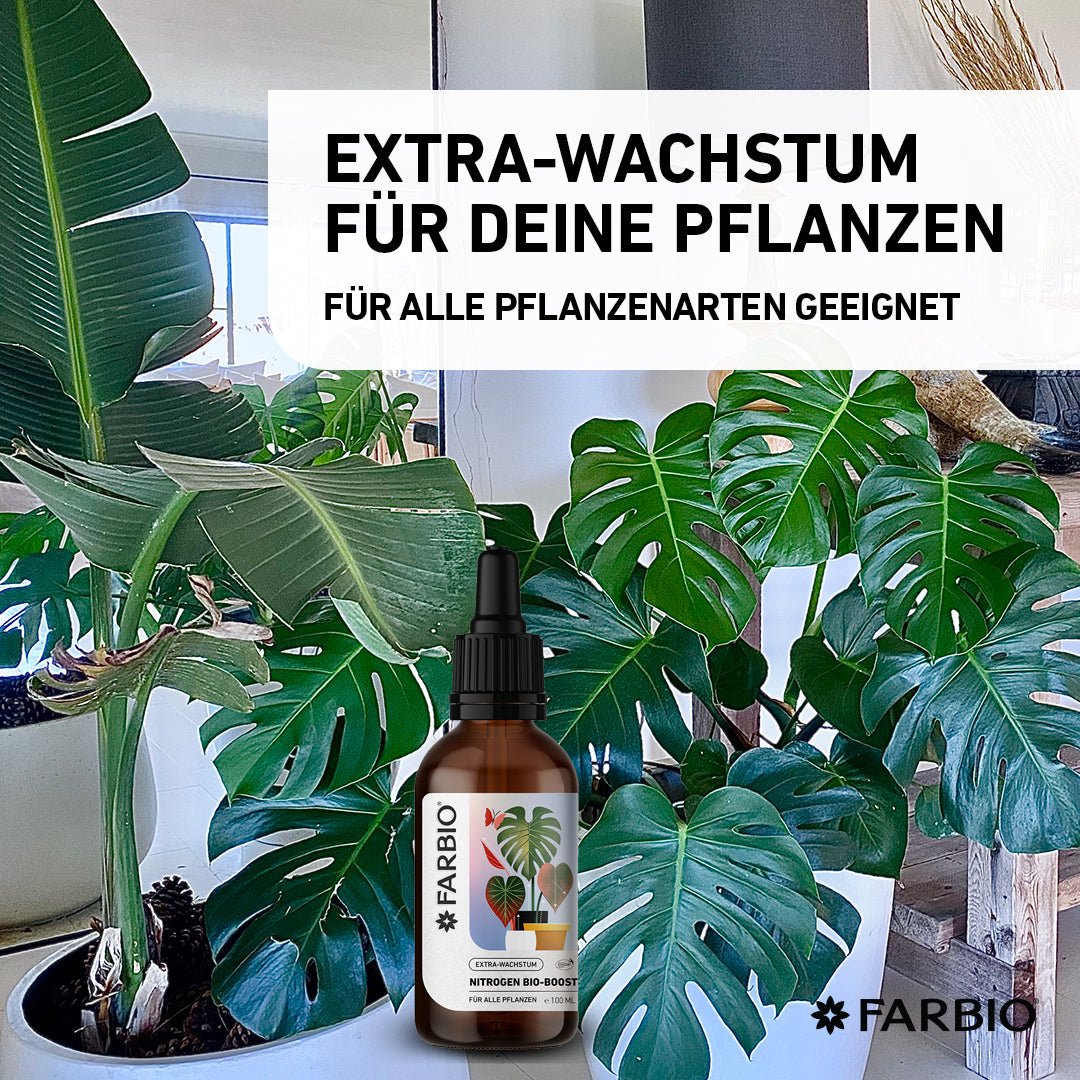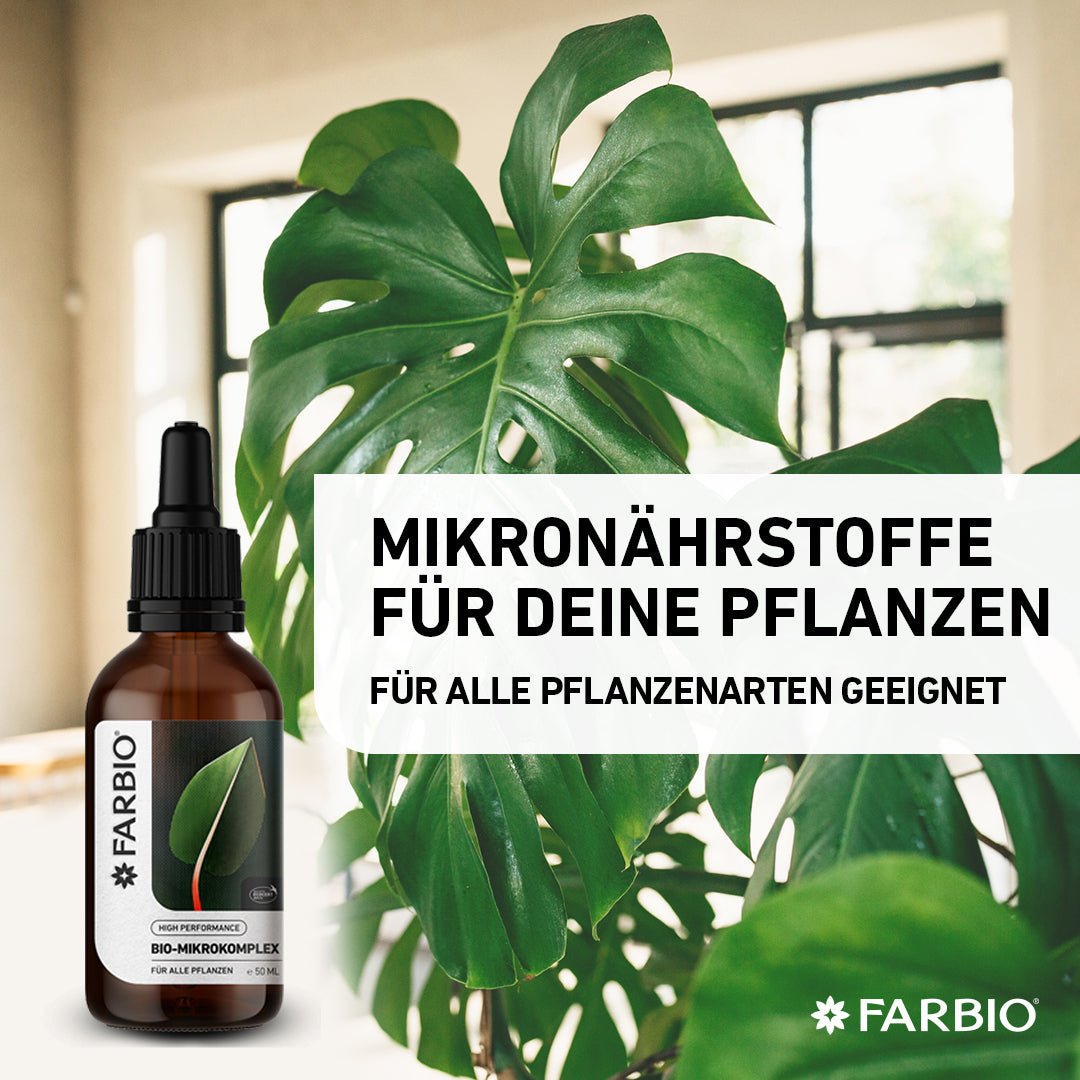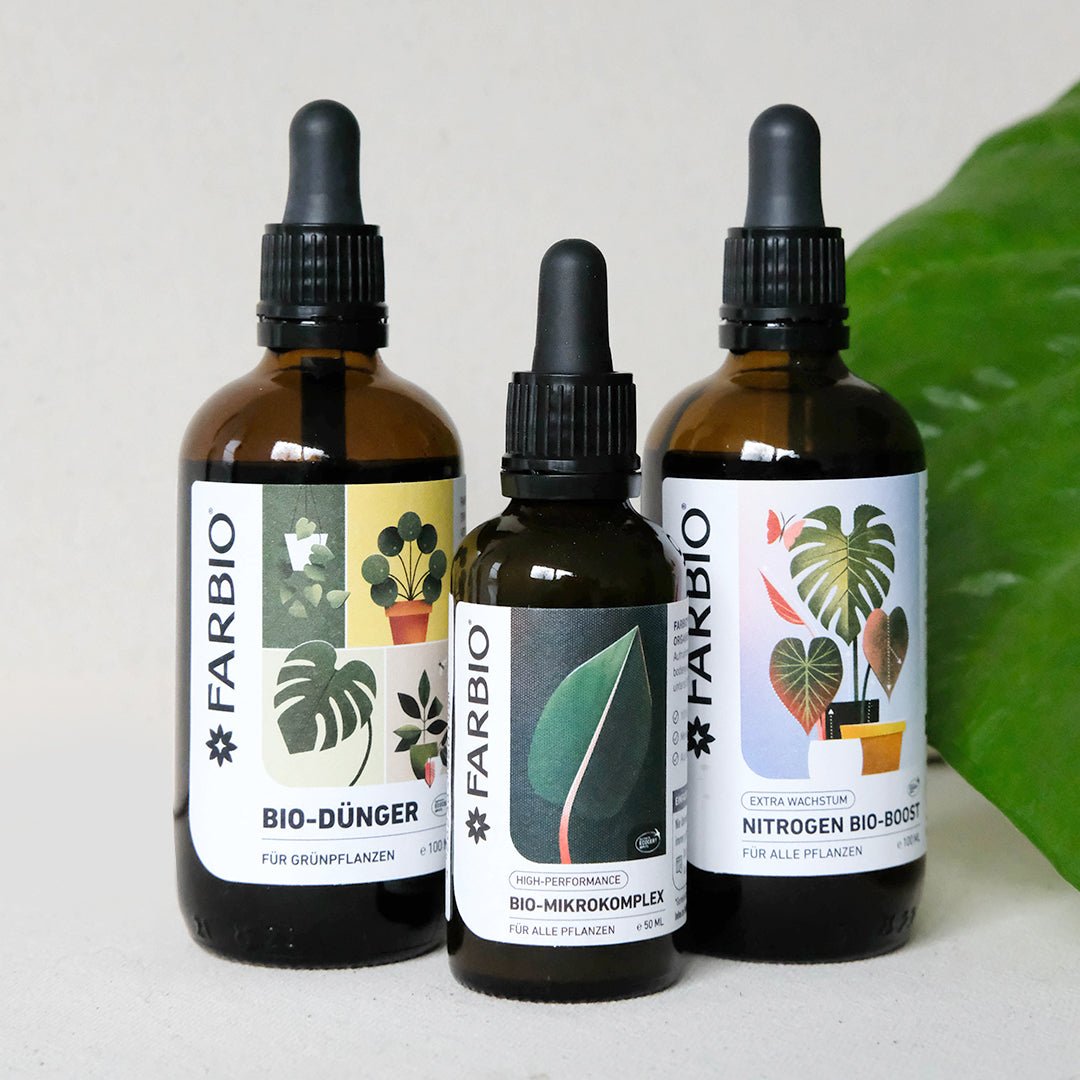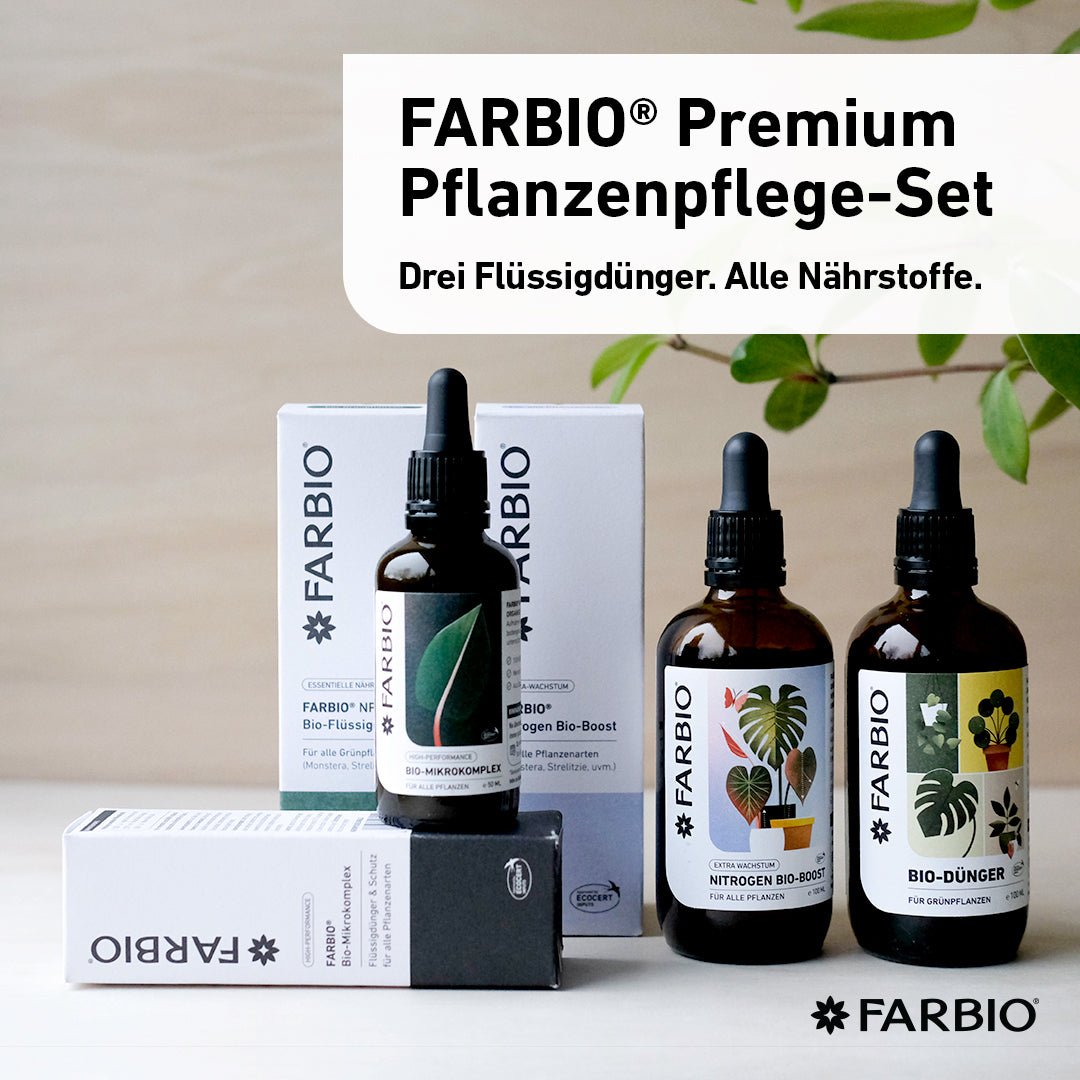Plant lovers, beware - if you notice drops on your plant's leaf, it's probably guttation. In this article you will learn more about this fascinating phenomenon. We will explain to you how the water droplets form on the tips of the leaves and what they tell you about the health of your plant. And what is the difference between guttation, transpiration and tau? Let's delve into the world of plants and find out how best to care for your green roommates.
Why do the leaves of some plants drip?
Guttation is a fascinating natural process in which water emerges in the form of droplets from the glands or stomata of leaves. Plants absorb water and the nutrients it contains through their roots. To regulate the water balance, they release excess water in the form of droplets through the leaves. Guttation occurs primarily at night.

What to do if houseplants like Monstera form drips at the tip of the leaves?
Drops of water are particularly common on the leaf edges of the popular Monstera. This is no cause for alarm, but rather a completely natural process that your plant can only carry out because it is healthy. It shows that your plant is well supplied with water and actively excretes excess water. However, be careful not to experience excessive accumulation of drops early in the morning. Increased guttation is a sign that you are watering too much. A balanced watering behavior helps the plant not to have to regulate its own water balance too much and to avoid waterlogging.
What is the difference between guttation, transpiration and tau?
The terms guttation, transpiration and tau are closely related, but differ in their mechanisms:
Guttation
Guttation refers to the release of water in the form of droplets from special glands or stomata in the leaves to regulate water balance and get rid of excess fluid.
transpiration
The evaporation of water from a plant's leaves is called transpiration. Moisture is mainly released through stomata, also known as stomata. Water can also evaporate over the entire leaf surface, the cuticle. The release of water by the leaves protects the plant from overheating and ensures an optimum temperature for photosynthesis. The release of water by the leaves also promotes the absorption of water by the roots and thus the absorption of the nutrients dissolved in them.
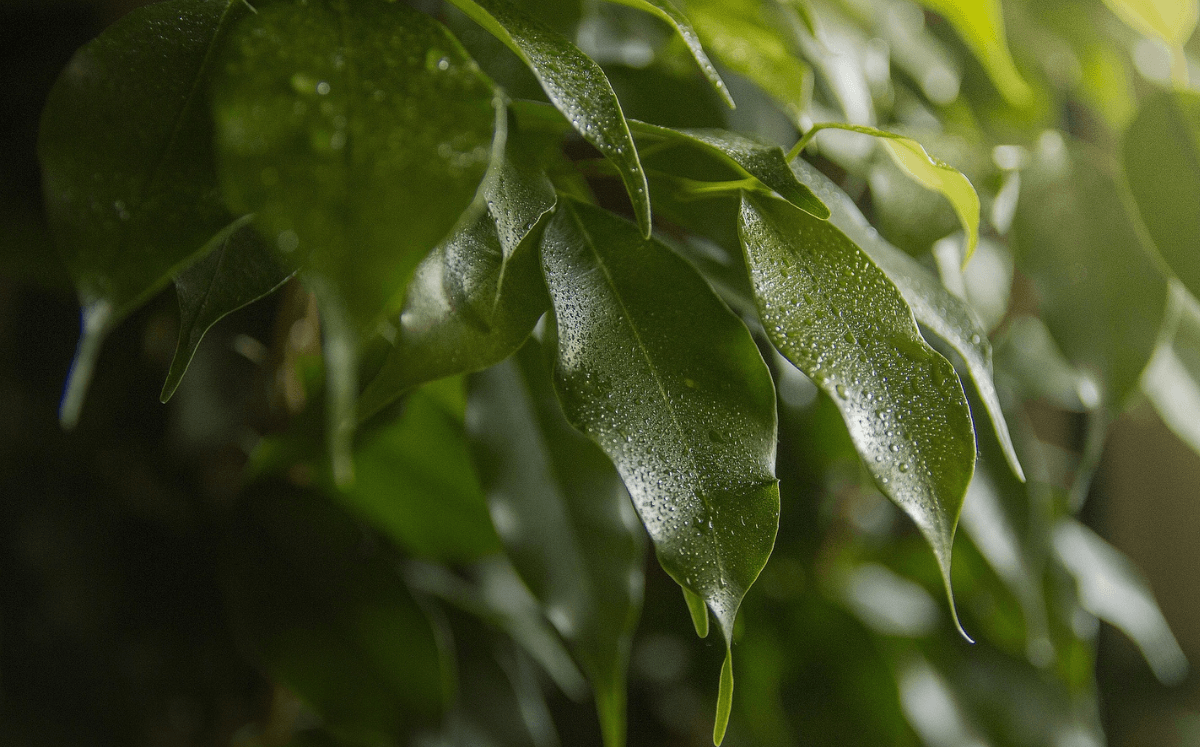
Dew drops
Dew, on the other hand, occurs when moist air hits cooler surfaces such as leaves and the water vapor condenses. Dewdrops don't actually form on houseplants, but only outdoors, where the temperature can drop significantly at night. So it's not a process that comes from the plant.
And what are sticky drops on a houseplant? A sign of a pest or extrafloral nectaries
Are the drops on the plant sticky? Then it is not guttation drops, but possibly pests. Honeydew is a sweet, sticky substance secreted by sucking insects such as aphids. These sticky exudates can affect plant growth and even attract mold.
No pests found? Some plants like Philodendron etc. have extrafloral nectaries that cause sticky drops on the leaves. Like guttation, this is a natural process and nothing to worry about. You can find out more about it here.
Care for plants properly with sustainable fertilizer
In order to optimally care for your plants, choosing the right fertilizer is crucial. Use sustainable fertilizers that not only support the plants, but also the environment. Pay attention to the individual needs of your plants in order to specifically optimize the nutrient supply.

The FARBIO® organic liquid fertilizer for houseplants contains the most important organic nutrients for the basic supply of your houseplant. Discover all organic liquid fertilizers for an extra boost here!
Our most important tips for plant care can be found in this video!



